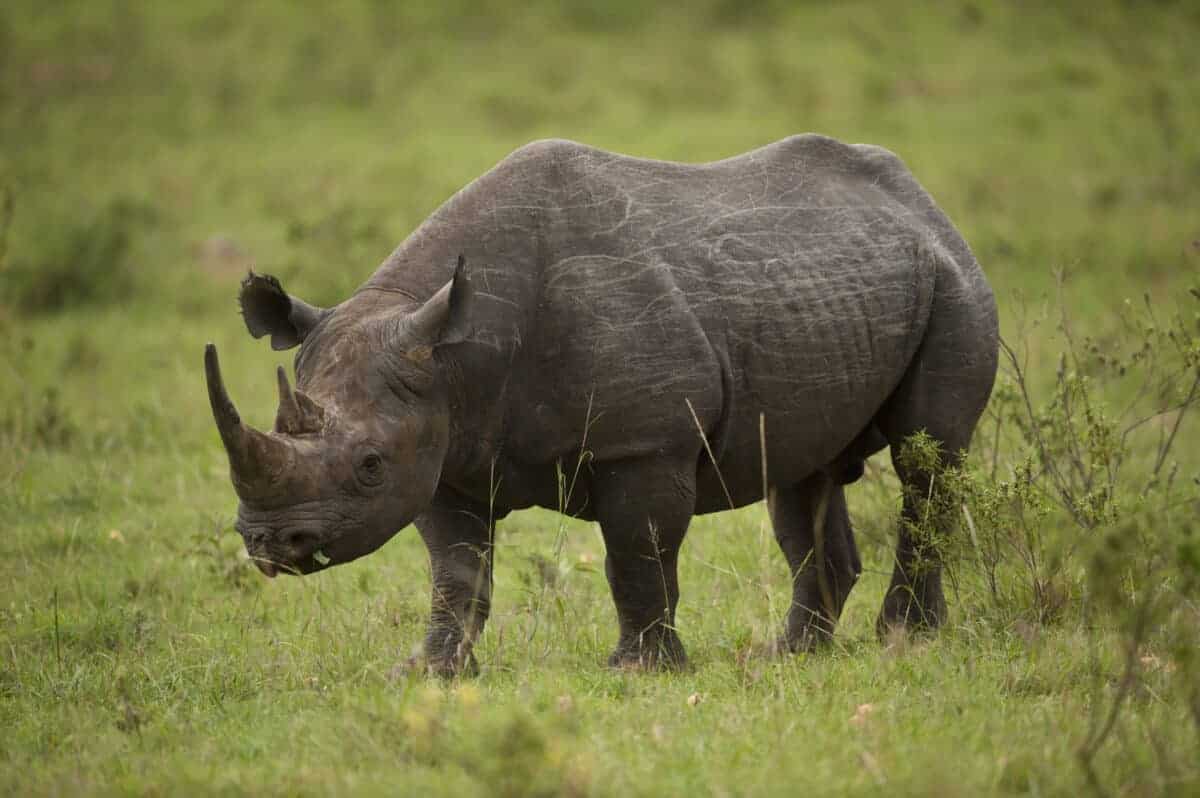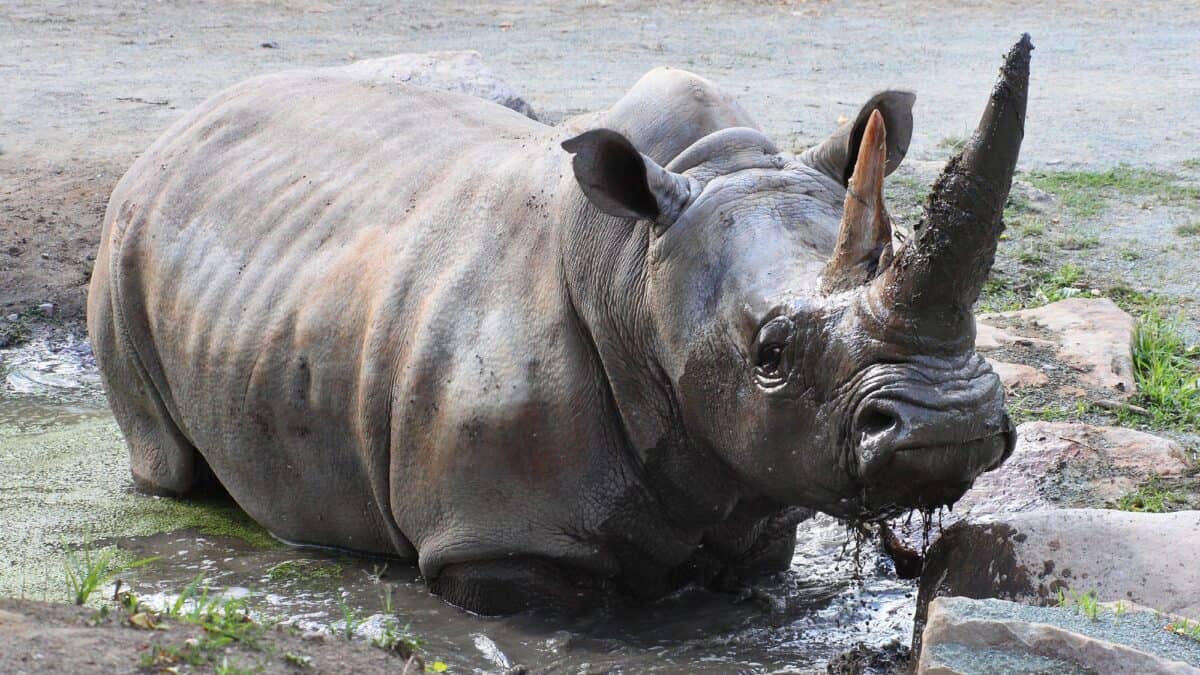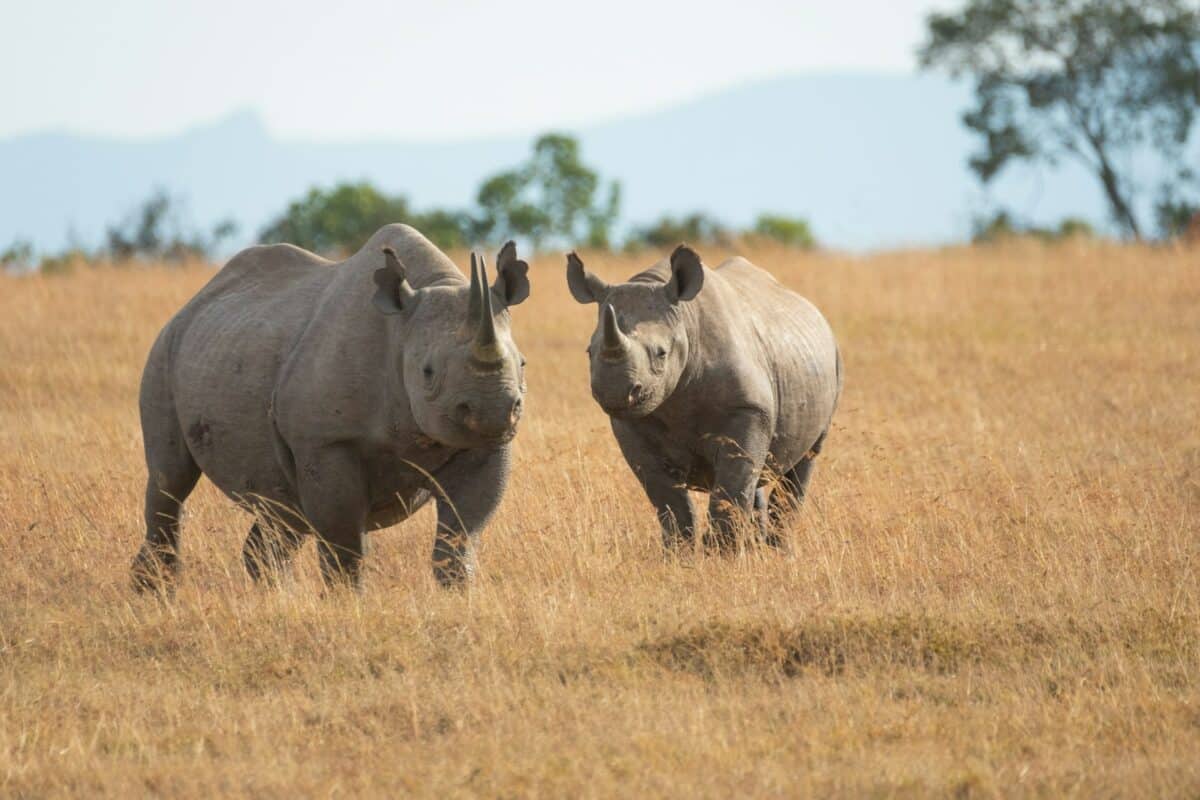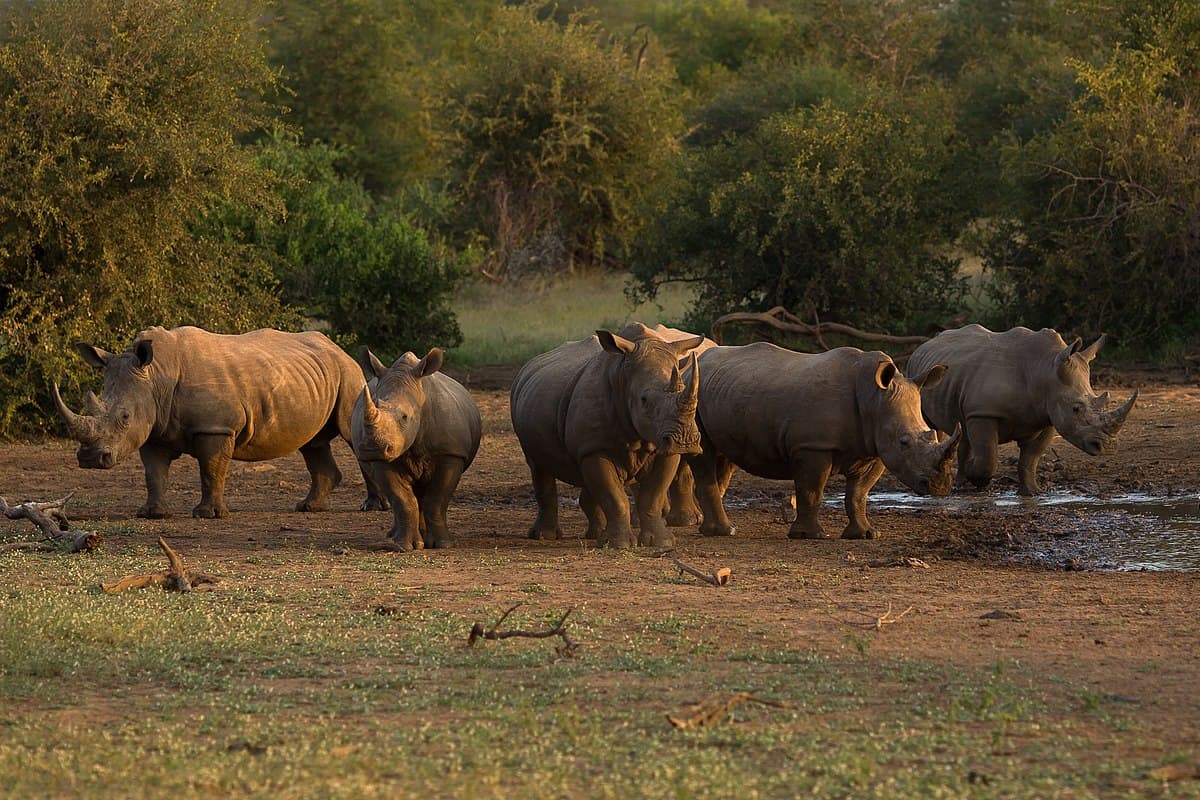Rhinos often evoke images of ancient beasts plodding across the African and Asian landscapes, their formidable horns and thick skin lending an appearance of invulnerability. Yet, under this tough exterior lies a creature brimming with fascinating characteristics and ecological importance. Despite their critical conservation status, rhinos remain somewhat enigmatic animals that are more impressive than commonly perceived. This article will explore some of these astounding facets, offering a deeper appreciation for these magnificent animals.
Remarkable Size and Strength

Rhinos are among the largest land mammals, with some species like the white rhino weighing over 2,000 kilograms (approximately 4,400 pounds). Their immense strength is not just for show; it plays a central role in maintaining the delicate balance of their ecosystems. As they traverse their habitats, they shape the landscape and create space for other plants and animals. This power allows them to thrive in diverse environments, from grasslands to dense tropical forests.
Ancient Lineage

Rhinos hail from an ancient lineage, with their origins tracing back more than 50 million years. These prehistoric creatures have evolved significantly over time, adapting to changes in climate and habitat. Their continued existence offers invaluable insights into both ecological evolution and the resilience of species through geological epochs.
Incredible Horn Composition

Unlike horns of other animals that are primarily bone, rhino horns are composed of keratin, the same protein found in human hair and nails. This unique composition, alongside its continuous growth, sets the rhino horn apart. Furthermore, despite widespread myths regarding their medicinal properties, rhino horns hold ecological significance, playing roles in mating rituals and species identification, rather than any curative benefits.
Social Structures and Behaviors

Rhinos may appear as solitary creatures, but they possess intriguing social behaviors, especially among some species. For instance, female white rhinos often form small groups or “crashes,” consisting of other females and their calves. These social structures foster crucial bonding and learning opportunities, enhancing their survival in the wild.
Keen Sense of Smell

Though rhinos have relatively poor eyesight, they compensate with an exceptional sense of smell, which is one of the most developed among large mammals. This keen olfactory ability aids in detection of predators, exploration of their environment, and nuanced communication, including detection of scent markings from other rhinos.
Critical Ecological Role

Rhinos are considered ecosystem engineers due to their influence on habitat dynamics. Their grazing patterns are crucial in shaping the landscape, from maintaining grassland ecosystems to facilitating seed dispersal. By doing so, they contribute to greater biodiversity and help support the survival of numerous other species within their habitats.
Adaptation and Resilience

Despite drastic environmental changes and ongoing threats such as poaching, rhinos demonstrate remarkable resilience and adaptability. They inhabit a variety of climates ranging from the scorching savannas of Africa to the dense jungles of the Indian subcontinent. Their physiological and behavioral adaptations reflect their enduring presence amidst adversity.
Fascinating Communication Methods

Rhinos communicate in a variety of ways that are often overlooked by the casual observer. Besides visual and physical signals, they express themselves through sounds like grunts, growls, and trumpets. Additionally, rhinos use their enhanced olfactory senses for scent marking to communicate territory boundaries and identify individual identities among peers.
Conservation Success Stories

While the plight of rhinos has often been painted in dire strokes due to rampant poaching and habitat loss, there have been significant conservation successes. Concerted efforts by wildlife organizations and governing bodies have led to the recovery of species like the white rhino, which was once on the brink of extinction. These successes underscore the possibility of reversing damage with coordinated conservation strategies.
A Symbol of Conservation and Hope

More than just majestic creatures, rhinos symbolize the broader themes of wildlife conservation and biodiversity preservation. Their struggle highlights the complexities of human-animal interactions, while also serving as a beacon of hope and inspiration for global conservation initiatives aimed at saving not only rhinos but countless other species facing similar threats.
Research and Scientific Importance

The study of rhinos provides unique insights that extend beyond conservation. By examining their physiology, genetics, and behavior, scientists gain valuable knowledge applicable to broader scientific fields, including evolutionary biology and ecology. Research on rhinos also facilitates understanding of disease dynamics and habitat conservation strategies, contributing to a broader environmental stewardship.
Conclusion:

In conclusion, rhinos are astonishing creatures whose significance transcends their physical appearances. They serve as ambassadors for conservation, symbolize hope for diminishing species, and maintain vital roles within their ecosystems. By understanding and appreciating the multifaceted nature of rhinos, we are inspired to protect these magnificent animals and the biodiversity they support for future generations.
- The 10 Most Mischievous Dog Breeds That Keep Owners on Their Toes - August 8, 2025
- The Most Thrilling Shark Cage Diving Spots in the US - August 8, 2025
- 15 Wild Animals That Can Sense Magnetic Fields - August 8, 2025

